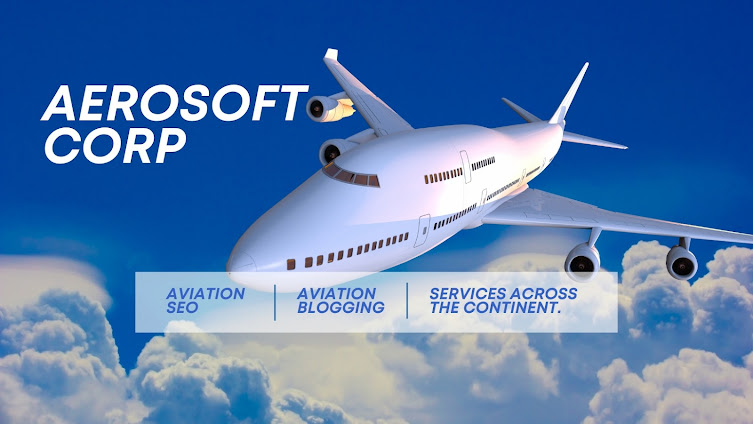Impact of covid-19 on Aerospace Industry
Pandemics like COVID-19 are fortunately uncommon; be that as it may, the effect on the avionic business is huge, particularly for little to-fair size providers.
The current COVID-19 emergency hits an all around tested provider scene that - particularly in the North American market - is worried by the Boeing 737 Max circumstance. The impact is a decrease sought after, supply interferences, monetary pressing factor and labor force debilitation bringing about one of the biggest worldwide shocks in the business' set of experiences.
With the emergency going full speed ahead and nations in shut down mode, the monetary bounce back situations are unsure. A speedy recuperation turns out to be far-fetched continuously. The shock of COVID-19 is affecting worldwide GDP and presents a huge test to aviation OEM and providers' income, EBIT and capital.
For the aerospace industry the crisis results in:
An extremely hard hit for airlines with passenger traffic slumped due to global and regional air travel restrictions.
Airlines cancelling orders for new aircraft and OEMs Airbus and Boeing reducing production forecasts up to 50%.
MRO business reduced significantly, and (besides regularly scheduled maintenance) work is at a minimum.
Challenges to re-start and ramp-up if supply chain comes to a complete stop.
Suppliers with weak financials running out of funding, losing key personal and possibility of not being able to recover.
A higher demand in freighters due to lack of transport capacity in Pax AC (Passenger Aircraft).
Pax AC demand could benefit from early retirements during crisis; however, low oil price is a threat to replacements.
Opportunity that the downturn may increase airlines demand for FSA (Future single aisle) or NMA (New mid market) and away from Wide Body.
We expect passenger growth to recover to pre COVID-19 levels, similar to the 9-11 crisis, after which only a few could imagine that passenger growth would return to old strength.
It is yet to be seen how governments will respond and if so, what financial stimulus will become available in order to safeguard system-relevant players.
Many suppliers are struggling to adapt to the above changes resulting in the need for recovery via external support.
In business aviation, organizations are encountering interruption underway and easing back interest as laborers return home, travelers quit voyaging, and clients concede conveyance of new airplane. Interest for spare parts is likewise down since less upkeep is as of now required. Airplane producers are capital escalated naturally, consequently raising transient worries about income and liquidity. On the guard side, project workers are better situated, since they won't feel the effect of COVID-19 in the short-to mid-term. While creation might slow for similar reasons as in airplane producing, request throughout the following two years is probably not going to be influenced since financial plans for these ventures had been distributed preceding the pandemic and the undertakings are basic to public safeguard. Likely long haul sway on organizations Longer term, airplane creators will keep on confronting income deficiencies, creation challenges, and falling impacts all through the store network that might debilitate the mechanical base that upholds complex assembling. Protection workers for hire will probably encounter easing back interest and a leveling of the development bend over the long haul as public governments try to decrease shortfalls and control costs. This recommends:
• Companies might lose piece of the pie on the off chance that they neglect to convey or then again in case they can't put resources into new items during the slump.
• The danger of basic program disappointment is probably going to rise.
• Key providers and specific suppliers might turn out to be monetarily anxious and need help.
Pranav Tiwari
Aviation Manager
AirCrews Aviation Pvt Ltd
pranavtiwari.aircrews@gmail.com
https://pranavtiwari.vcardinfo.com











No comments:
Post a Comment